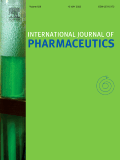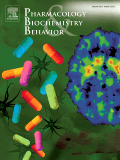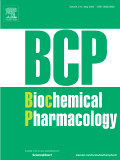
“Nanoplatforms can optimize the efficacy and safety of chemotherapy, and thus cancer therapy. However, new approaches are encouraged in developing new nanomedicines against malignant cells.
In this work, a reproducible methodology is described to prepare Δ(9)-tetrahidrocannabinol (Δ(9)-THC)-loaded poly(d,l-lactide-co-glycolide) (PLGA) nanoparticles against lung cancer.
Cell viability studies comparing the activity of the nanoformulations against human A-549 and murine LL2 lung adenocarcinoma cells, and human embryo lung fibroblastic MRC-5 cells revealed a statistically significant selective cytotoxic effect toward the lung cancer cell lines.
In addition, cytotoxicity assays in A-549 cells demonstrated the more intense anticancer activity of Δ(9)-THC-loaded PEGylated PLGA nanoparticles.
These promising results were confirmed by in vivo studies in LL2 lung tumor-bearing immunocompetent C57BL/6 mice.”




